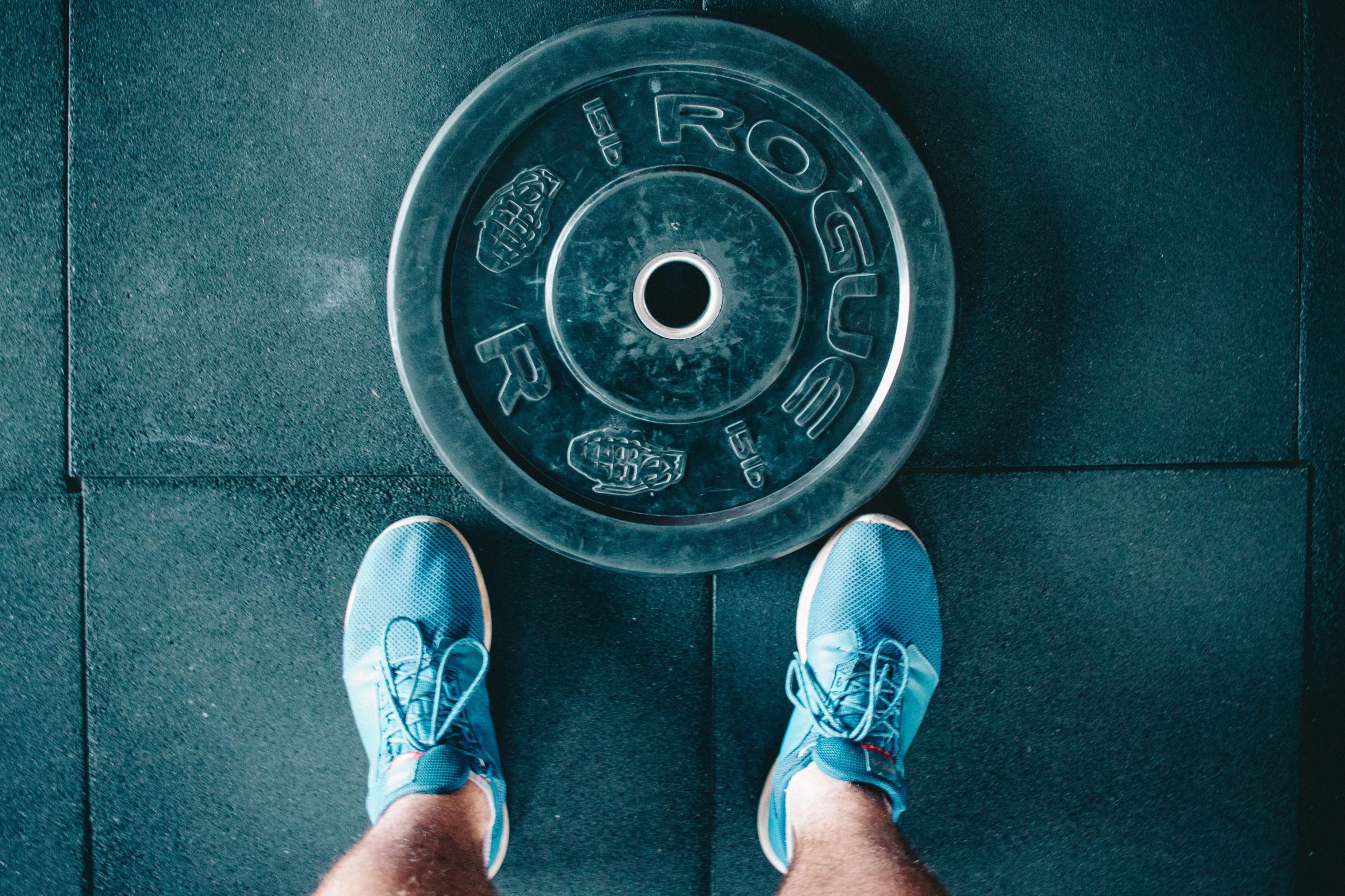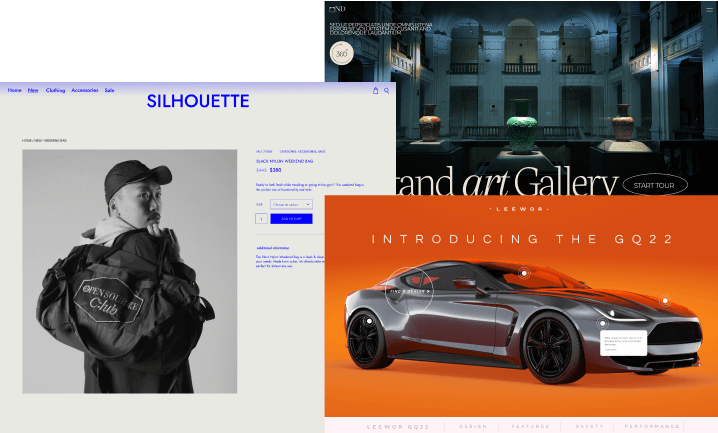ALT Text (Alternative Text), aka ALT tags or ALT description, describes an image file’s appearance and function. It is a crucial feature of all HTML pages, specifically as it performs numerous roles for search engines and users.
Why Should You Use ALT Text?
ALT text keywords are an essential part of web design and digital marketing in that it improves overall UX and page accessibility. ALT text elements used effectively can boost SEO, even moving a site right to the top of search results.
Its role should be clear to completely understand ALT text and how and why to use it. It is far easier to write relevant ALT tags by knowing how they work.
1. User Experience
ALT text replaces images if a site image fails to load on a user’s screens, thereby acting as a type of assurance. The text informs users what the picture was supposed to represent, improving the UX. Users with a slow Internet connection may need to load a page in HTML format, so adding ALT text keeps an image relevant to a page.
Additionally, those with low bandwidth might not see images correctly loaded. Instead, they see a broken link icon indicating a missing image. If an ALT text is attached, it maintains the UX rather than leaving users in the shade.
2. Accessibility
ALT text improves web accessibility for visually impaired users. The text enables them to use a screen reader to better describe the image and understand page context. ALT text also aids those with difficulty learning visually or with sensory disabilities by lowering exposure or bright elements. In addition, incorporating both images and a valid image filename in the appropriate context helps in search results like Google Images.
3. Image SEO
Another role that ALT text also plays a role by working with Google search result codes to index a page’s visual aspects accurately. Using targeted keywords in image SEO works similarly to standard SEO procedures.
Search engine crawlers can detect an image’s visual content by reading the ALT tag and then displaying a page on search engine results.
One search engine feature is an image pack where images are presented horizontally on the first results page above any image links. In this manner, search engines rank site relevance to keywords.
Optimizing image ALT text enhances the likelihood of a site appearing in the image pack when related words are searched. Therefore, investing in adding ALT text to images is worthwhile for SEO rankings on the results page. The more images are optimized, the better the SEO ranking.
Image Alt Text Best Practices
Tips to ensure the best use of ALT text include:
- Use valuable descriptive words without keyword stuffing where the text becomes confusing.
- Be as descriptive as possible yet brief and concise.
- Add targeted keywords to the page but follow the 125 character cut-off limit.
- Add keywords relevant to page content. For example, not all images require ALT text, such as brand logos that do not add to page content.
- Image SEO requires accurate spelling to function correctly.
- Prevent repetition if images have a caption or context in the surrounding text. For example, if the topic is already displayed in the page heading.
- Add ALT text to buttons – such as “submit,” sigh up,” or “search.”




